The US Marine Corps conducted the first firing test since 2021 of the NMESIS unmanned system with NSM missiles to destroy enemy ships
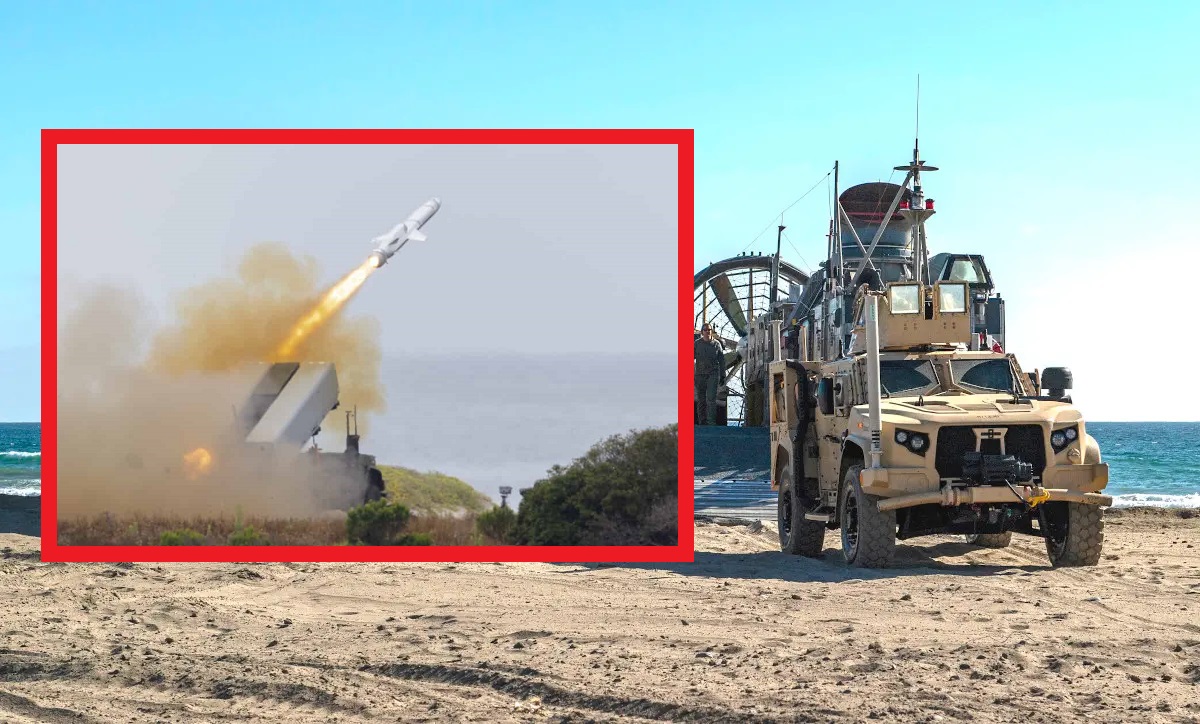
The US Marines have conducted the first firing test of the unmanned NMESIS (Navy/Marine Expeditionary Ship Interdiction System) with the NSM (Naval Strike Missile) missile in two years. The tests took place at the end of June 2023 at the Point Mugu Naval Air Station in California.
Here's What We Know
This is the third test conducted by the Marine Corps. The NSM was first launched in November 2020, with the second test taking place in August 2021 as part of Large Scale Exercise 21.

NMESIS has become a central component of Force Design 2030. It aims to reposition the US Marine Corps to respond to a potential conflict in the Western Pacific.
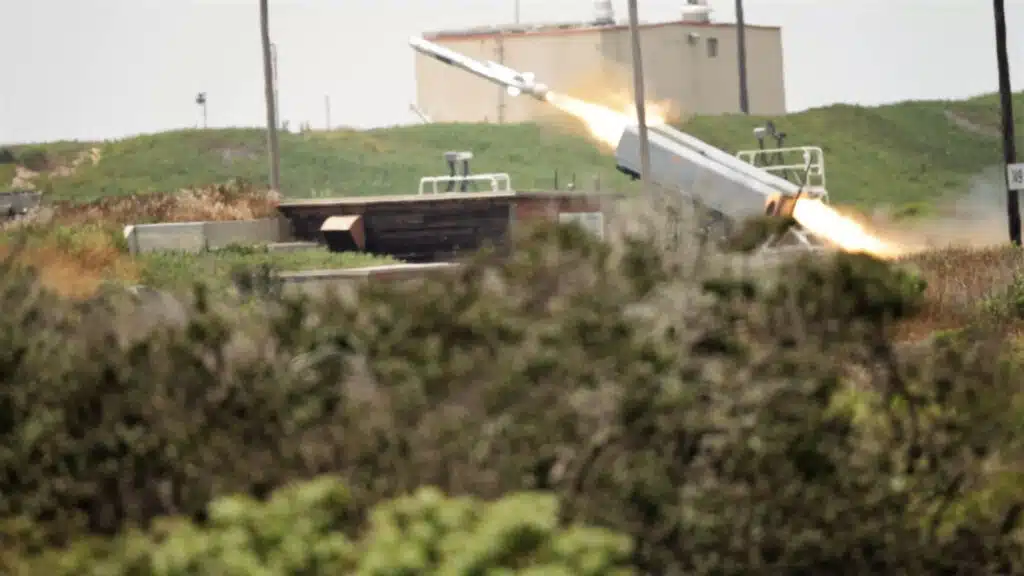
The system will allow Marines to lock down coastal areas and other key enemy locations. The JLTV vehicle is used as the chassis, which is capable of providing combat teams with the necessary flexibility and a high level of manoeuvrability.
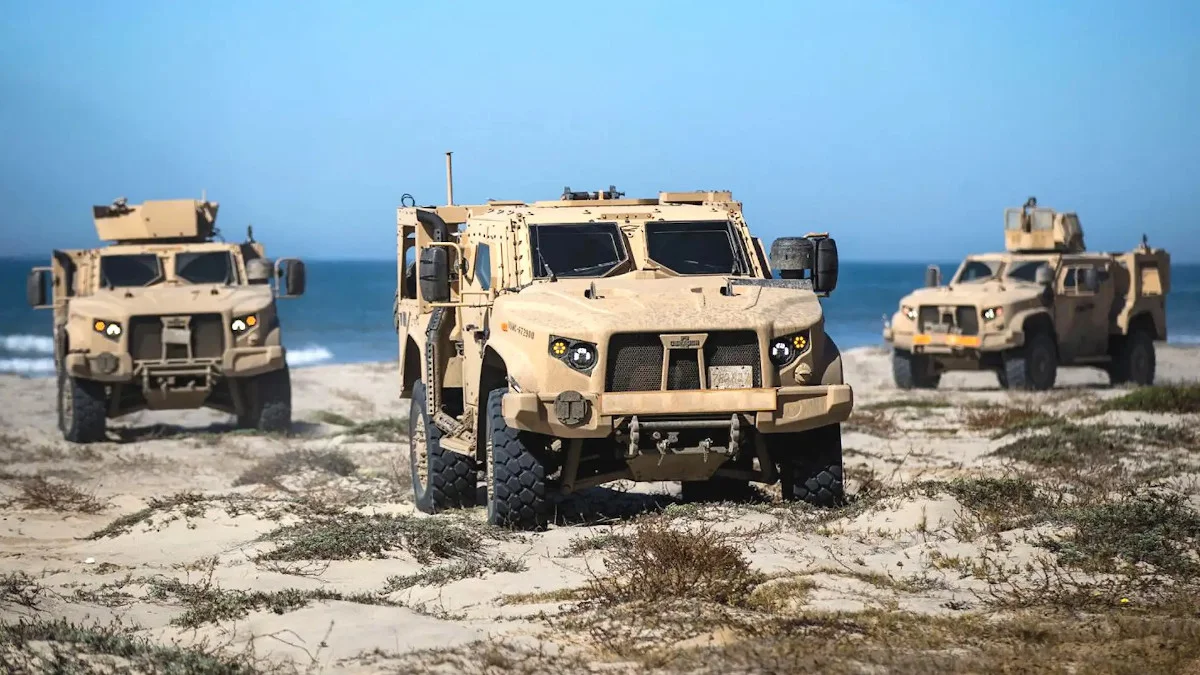
The NMESIS battery consists of 18 launchers, which are divided into two platoons of nine units each. The platoons are divided into three sections of three launchers each. The U.S. Marine Corps intends to deploy 14 batteries.
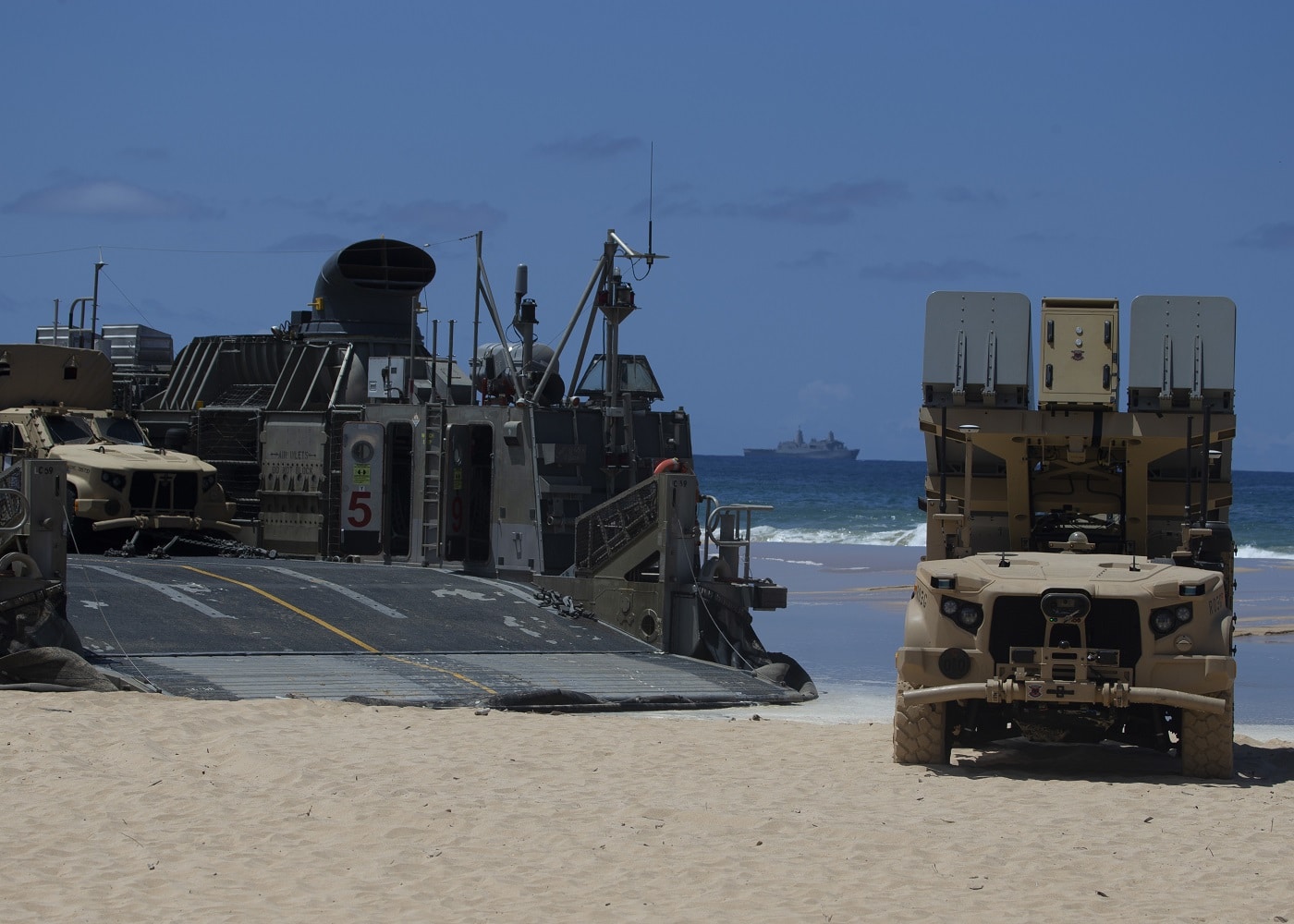
Initial operational readiness will be achieved by 2025. At that point, the Marine Corps intends to deploy four batteries. Full operational readiness of NMESIS is projected in 2030.
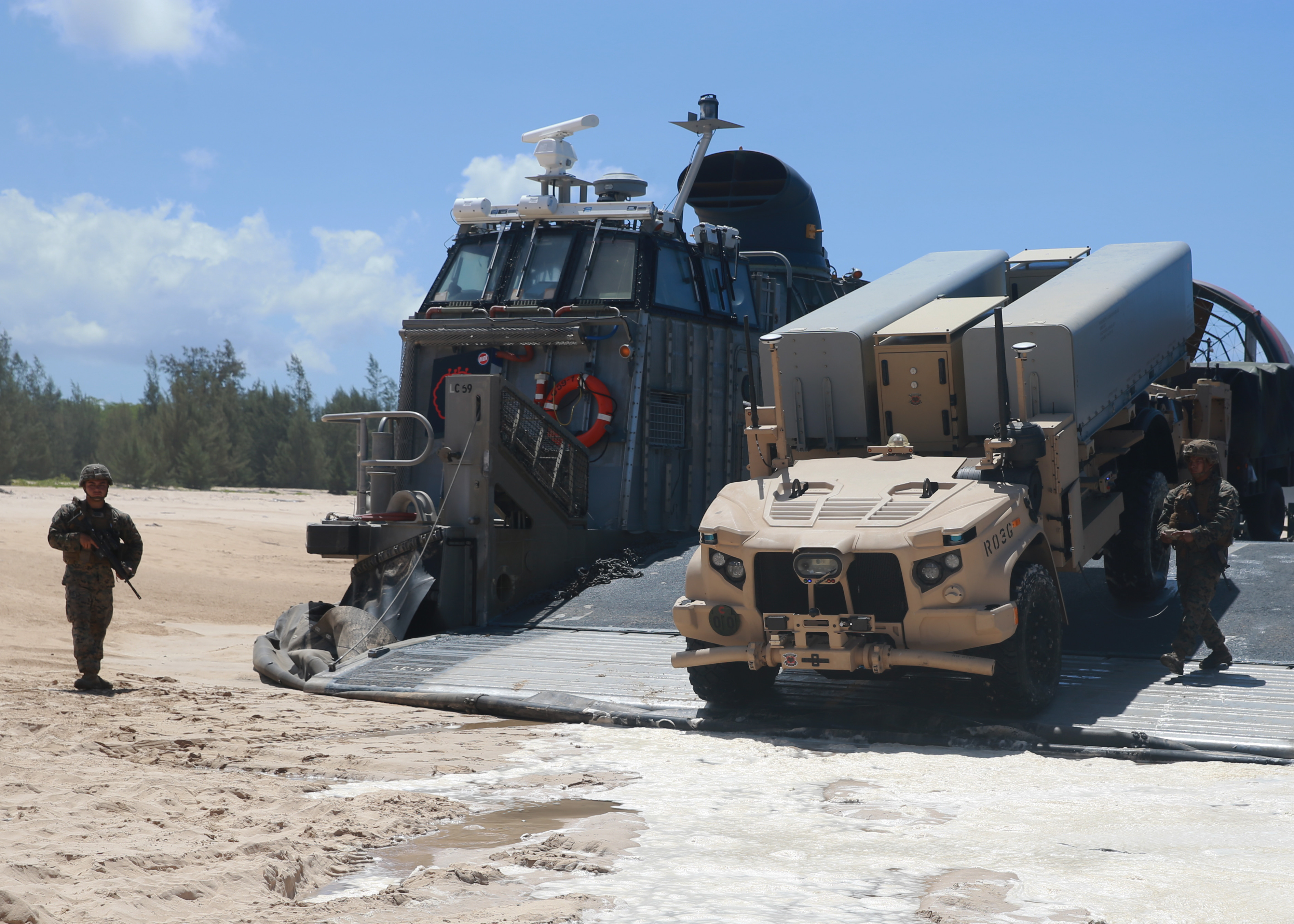
The NSM is an advanced multi-role cruise missile that is manufactured by Raytheon Missile & Defence and Kongsberg Defence & Aerospace. It is designed to engage defended sea and land targets. It has a launch range of 185 kilometres.
Source: Naval News